European Pear : HUMBUG Semi-Dwarf (OHxF87) (Orchard Grade)
$37.95
An 'orchard grade' is a tree that may be somewhat shorter, slightly crooked, or a bit scratched, or for some other reason is not a perfect front lawn specimen. These trees will work just as well in an orchard as a first or number one would, since they still produce the very same fruit.
We don’t expect anyone to plant a whole orchard of these, but someone on the watch for weird and wonderful stuff may well find Humbug irresistible. Many things in life have more then one valid viewpoint, including the reason to plant fruit trees. In the case of this exotic pear, even it’s background seems to be open for debate. Version One has the Ukraine as the place of origin. There it is called ‘Pysanka’ which means an Easter Egg. The story states these fancy fruits were traditionally stored over winter, then displayed as table decorations before eating at Easter time to celebrate the arrival of spring.
Version Two claims this pear is actually called ‘Schweizerhose’ and turned up in Switzerland in about 1800. Did the Swiss wear striped stockings back then? Who knows? Whatever, it is definitely funky, it does keep all winter, and the tree is now available here. Humbug bears loads of mid-sized fruit which are rock hard at picking. Towards spring the juicy white flesh under its thick, ornamental skin becomes softer, sweeter, and somewhat savory.
NEEDS A POLLENIZER | ZONE 4 | HARVEST: EARLY-MID OCT.
Only logged in customers who have purchased this product may leave a review.
Growing Tips
All European (regular) and Asian pears will pollinate each other providing their bloom times overlap. Generally you can go by the expected harvest time, meaning only the very early and the very late might not be compatible with each other. However, since Asian pears, on average, bloom earlier than Europeans, you might pair an early European with a mid or late Asian.
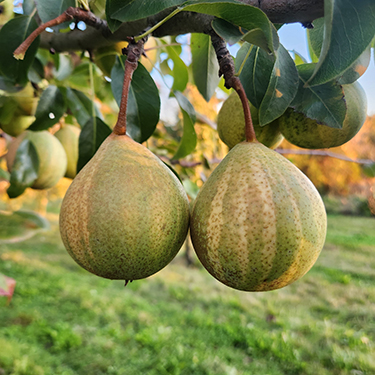
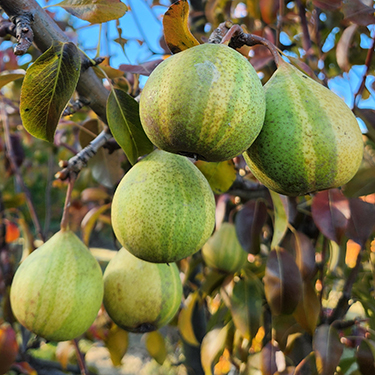
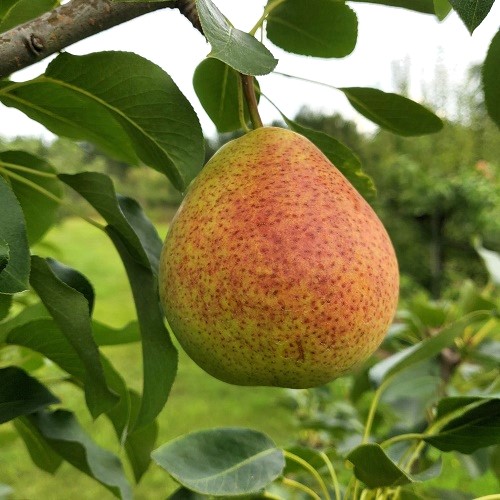
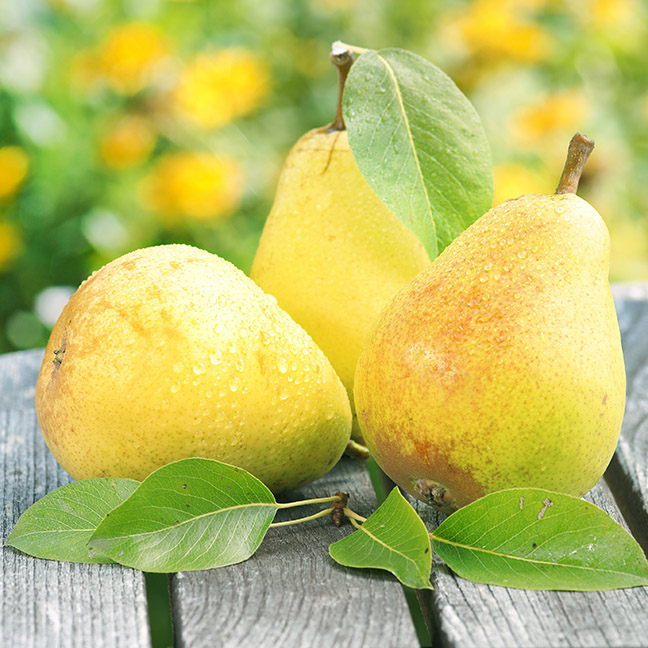
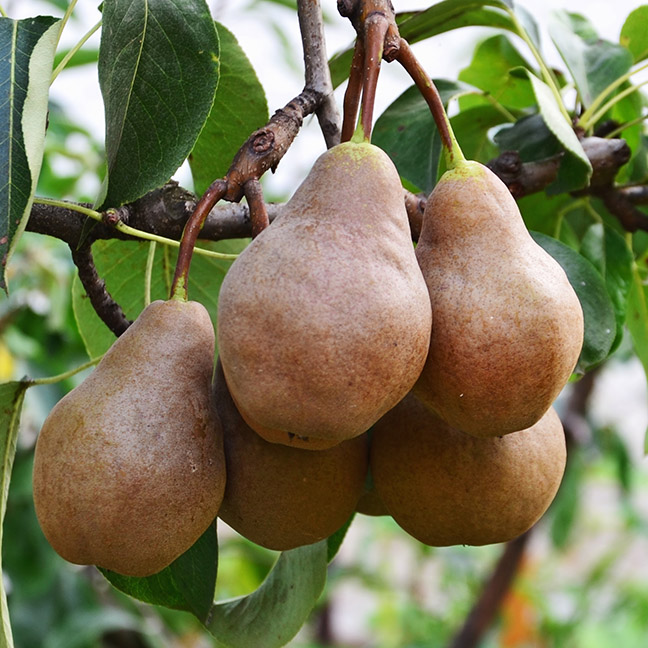

Reviews
There are no reviews yet.